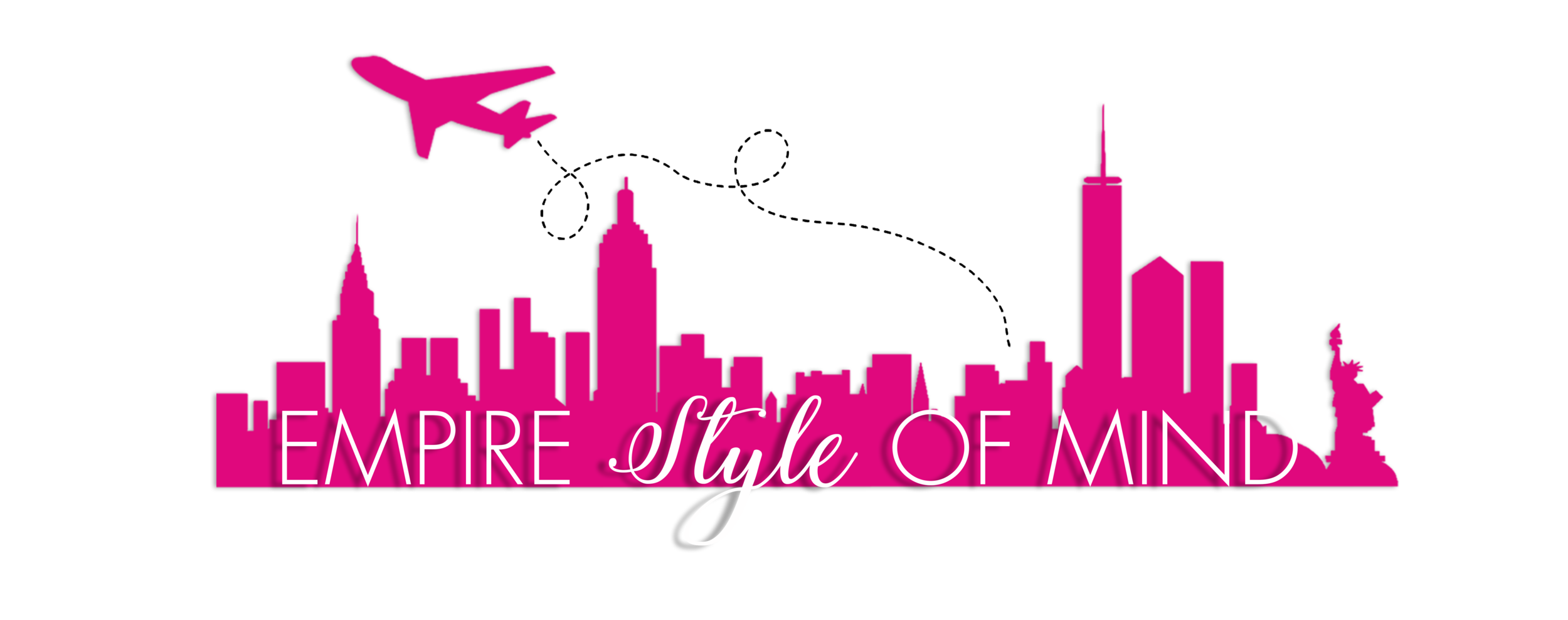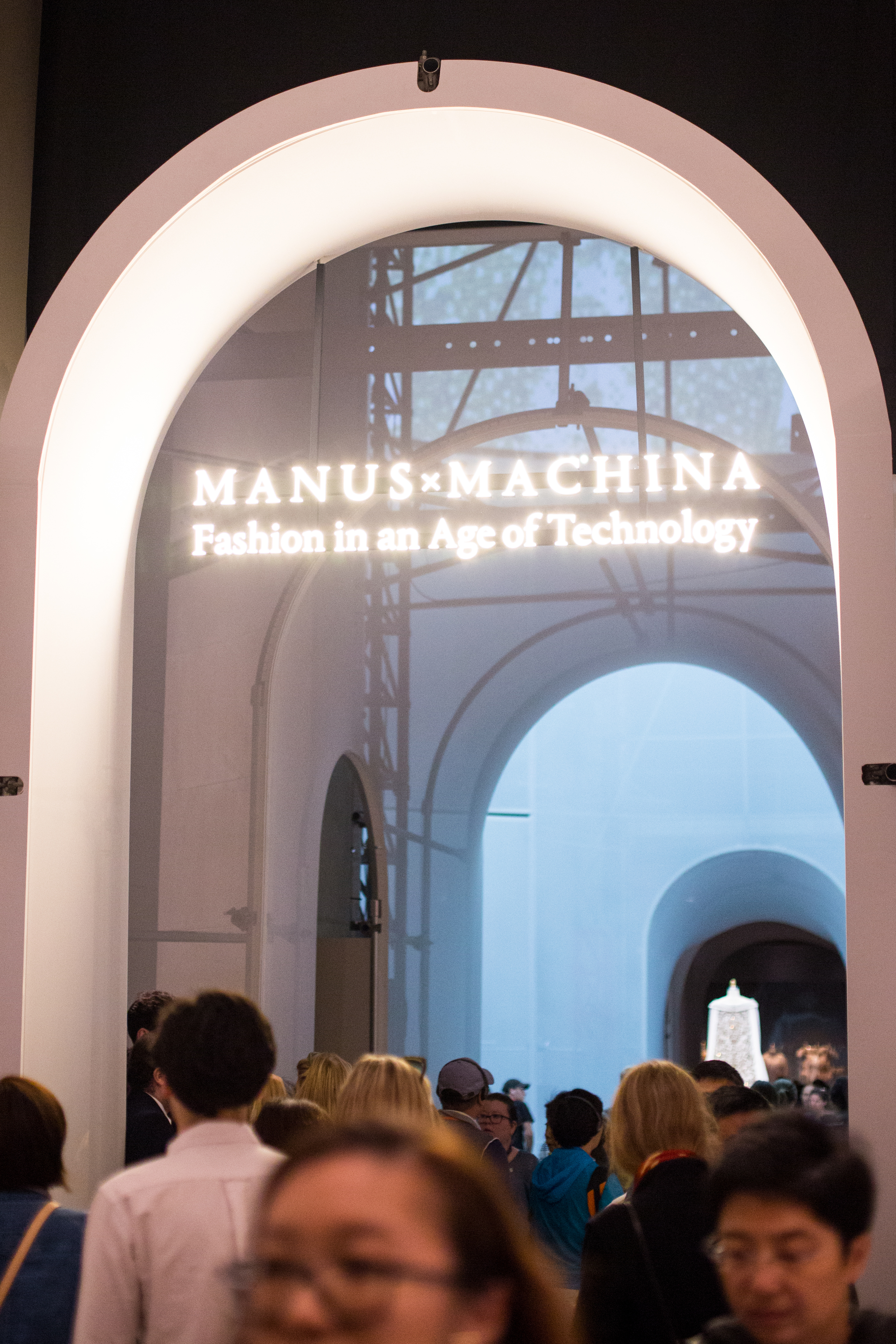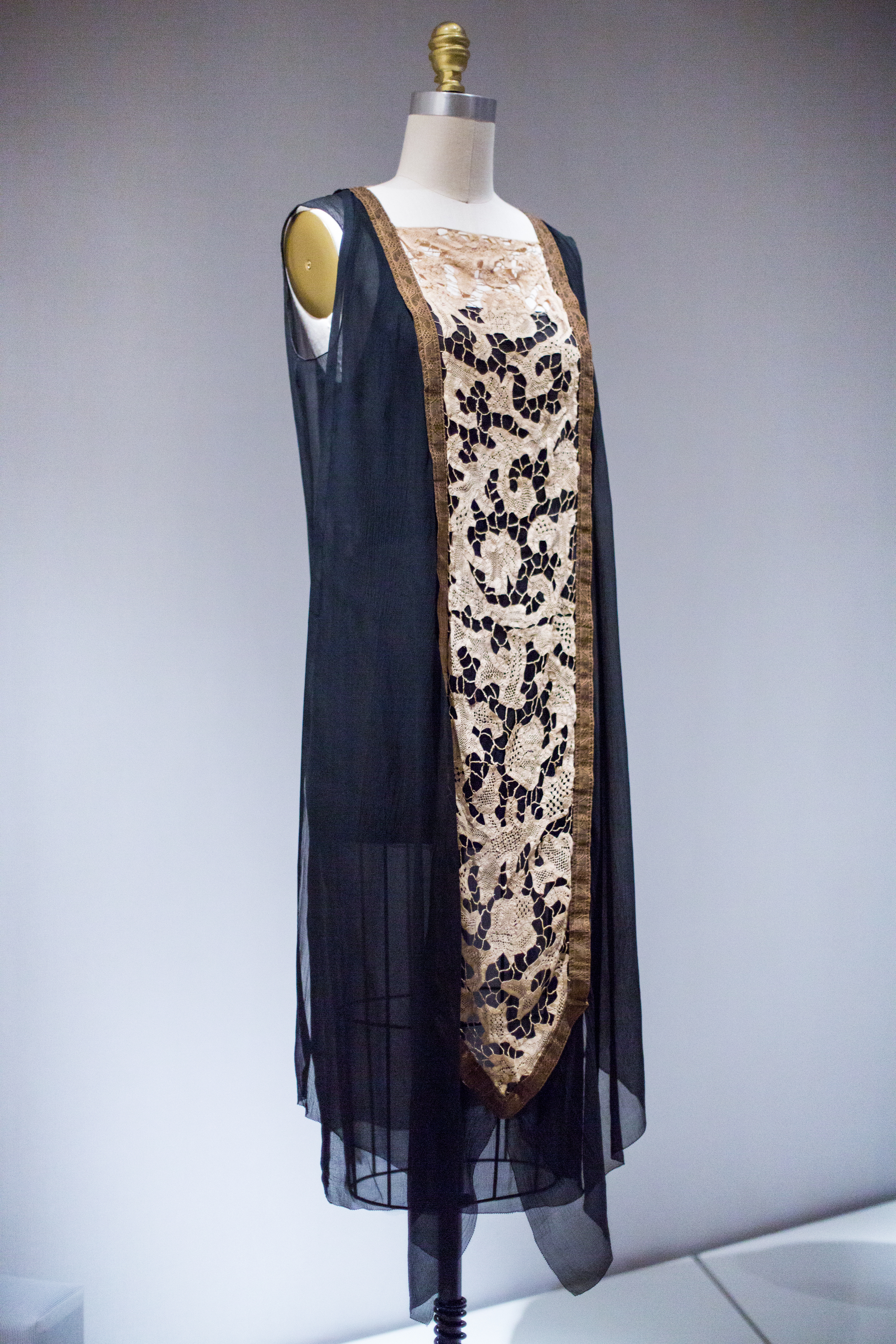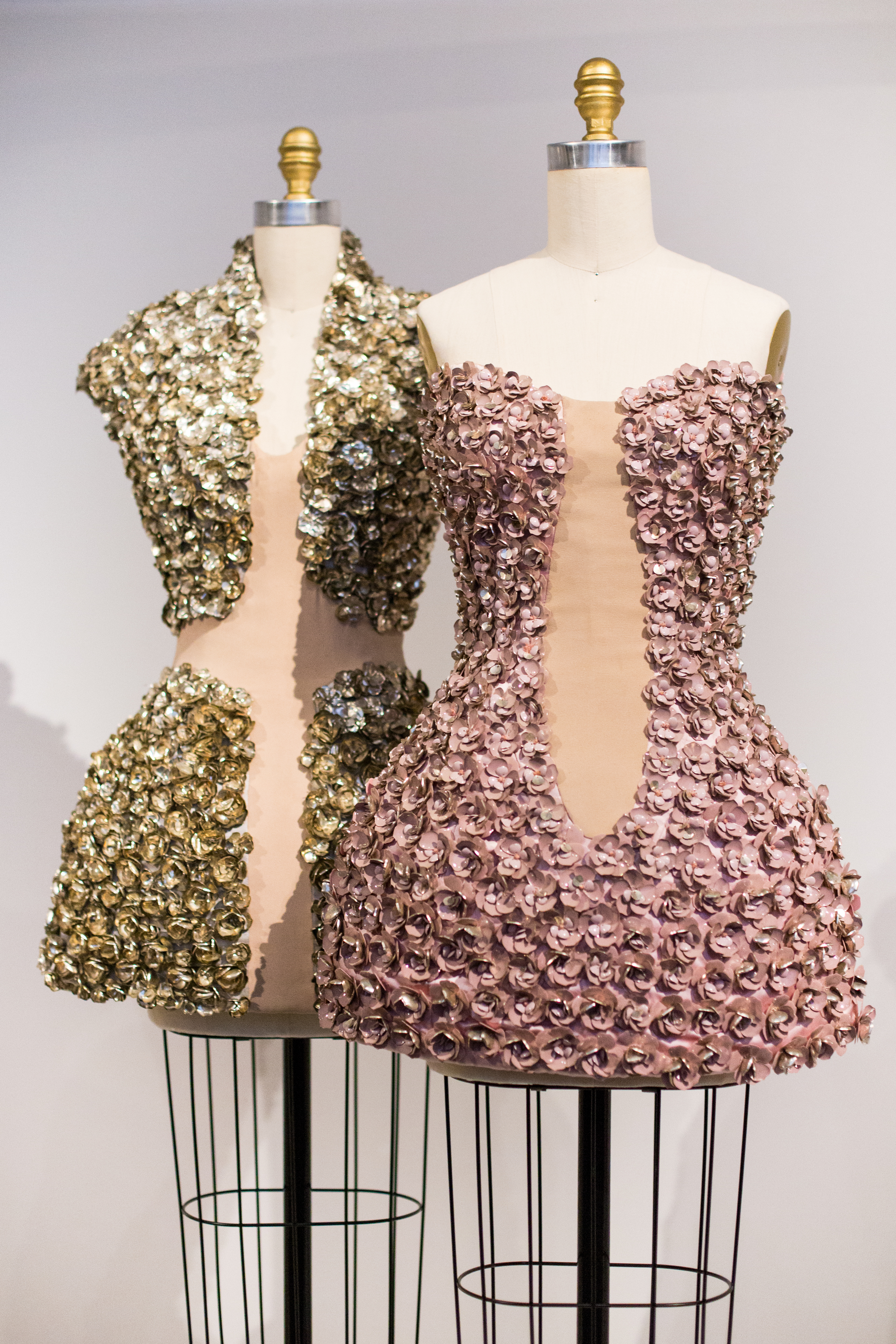Manus x Machina: Fashion in an Age of Technology
I recently attended the costume exhibit at the Metropolitan Museum of Art, the theme of which this year is Manus x Machina: Fashion in an Age of Technology. The exhibit is two stories of beautiful garments, created by both man and machine, divided in sections by material and technique. There are sections about embroidery, feathers, flowers, pleats, and more, with a combination of archival garments that showcase the intricacies of human handiwork throughout the years juxtaposed with machine-made wonders like a 3-D printed skeletal form and a mechanical garment that had to be screwed on to the wearer and would light up as controlled by a remote. It is truly remarkable, if you think about it, just how much delicate detail must still be done by hand to create clothing. The entire industry is still entirely dependent upon human labor and real innovations in production have not been seen for over a century.
It's possibly startling to recognize the distinct human element behind every piece of clothing we wear. Every stitch was sewn on a sewing machine and most often by grossly underpaid laborers in decrepit factories in so-called "third world" countries where their managers do not guarantee any standard of working or living conditions and their government turns a blind eye on the basis of economic development. Every shirt or skirt or pant that you own that has an element of embroidery, sequins, beadwork, complex stitching, etc. was created by hand. In fact these embellishment elements are a likely indicator of child labor. Anywhere from "20 to 60 percent of garment production takes place in the homes of overseas workers," generally by women and their children (who are urged to help in order to meet strict deadlines). You may have heard of the Rana Plaza disaster in Bangladesh, where a garment factory collapsed killing 1,135 people and injuring many more. But nothing has really changed despite the disturbing commonality of such incidents. Wages remain as low as ever, hours range long past 12 or 15 per day, and conditions are deplorable with chances of another distster looming right around the corner. What will it take for a change to occur?
The Ethical Fashion Forum (EFF) outlines a series of criteria which characterize "ethical fashion," including the support of sustainable livelihoods, addressing toxic chemical and pesticide use, and defending fair wages. In other words, ensuring that every community has access to a safe work environment, is given a fair and equitable wage for the work they do during a reasonable time frame (no excessive overtime), and is minimizing the hazardous impacts of things like chemical dyes and excessive water usage.
The show at the Met was beautiful, no doubt, but it raises so many complex questions about the fashion industry and just who is benefitting from its behemoth. The placards below each garment listed out every detail from who had designed the dress to the artisan (usually some French name) that had painstakingly sewn and created the work. Why, too, do we not credit the artisans that create all of our clothing? Does it not take just as much skill to embroider thousands of identical repetitive patterns, one after the next, in a time-crunch time span? We as consumers are as responsible as anyone in the fashion industry and you can choose ethical alternatives when buying your clothes. Check out some of these great ethical brands and remain a conscious consumer.
































